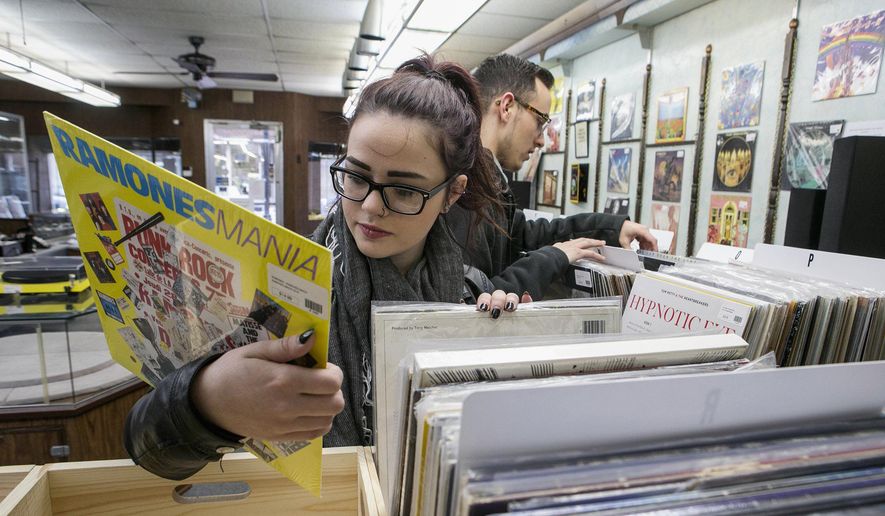Streaming music platforms, including subscription-based services such as Spotify and ad-driven websites like YouTube, for the first time generated more annual revenue for the U.S. music industry than any other format, its top trade group said Tuesday.
The Recording Industry Association of America (RIAA) revealed through its annual earnings report this week that streaming services were responsible for 34.3 percent of the total revenue generated for the industry in 2015, up 29 percent from the previous year and pulling in around $2.4 billion.
With digital download sales from online stores like iTunes responsible for 34 percent of the revenue made last year’s through music sales, streaming services for the first time ever represent the biggest slice of the pie with respect to where the recording industry made its money.
All told, the music industry sold $7 billion worth of music in either digital or physical form in 2015, up from 0.9 percent form the year before, according to the RIAA report.
Yet while the total retail value of physical products such as CDs dropped by 10 percent last year to $2.0 billion, vinyl record sales were more valuable to the industry than on-demand services like YouTube where the industry rakes in revenue through advertisements.
The RIAA reported that 17 million vinyl records were sold in 2015, generating $416 million in revenue compared to $385 million made through free, ad-driven streaming services.
“The consumption of music is skyrocketing, but revenues for creators have not kept pace. In 2015, fans listened to hundreds of billions of audio and video music streams through on-demand ad-supported digital services like YouTube, but revenues from such services have been meager — far less than other kinds of music services. And the problem is getting worse,” said RIAA CEO Cary Sherman.
When matched against previous figures dating back decades, 2015 was the most valuable year for vinyl records since 1988, the RIAA reported. Subscription-based streaming services, meanwhile, grew by 52 percent in 2015 and brought in around $1.2 billion.
“In 2015, digital music subscription services reached new all-time highs, generating more than $1 billion in revenues for the first time, and averaging nearly 11 million paid subscriptions for the year,” Mr. Sherman said. “Heading into 2016, the number of subscriptions swelled even higher — more than 13 million by the end of December — holding great promise for this year.”
When all streaming types are combined, the RIAA said the platform generated $2.4 billion for the industry in 2015 — the most ever. That figure includes ad-supported and subscription-based services, as well as payments from SoundExchange, a service that distributes royalties from Internet radio station and similar platforms.
“Overall, the data for 2015 shows a music industry that continues to adopt digital distribution platforms for the majority of its revenue,” Joshua P. Friedlander, the senior vice president of strategic data analysis for RIAA, said in the report. “While overall revenue levels were only up slightly, large shifts continued to occur under the surface as streaming continues to increase its market share.”
• Andrew Blake can be reached at ablake@washingtontimes.com.




Please read our comment policy before commenting.